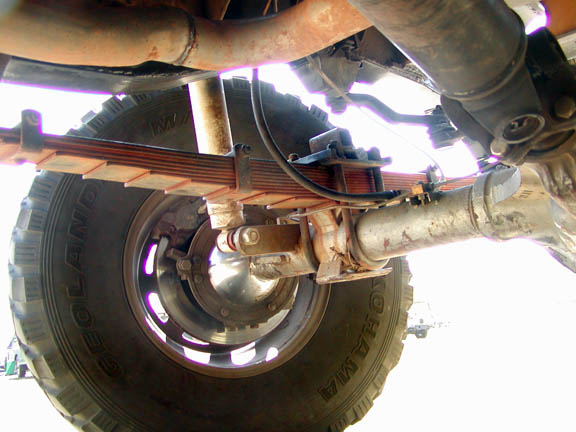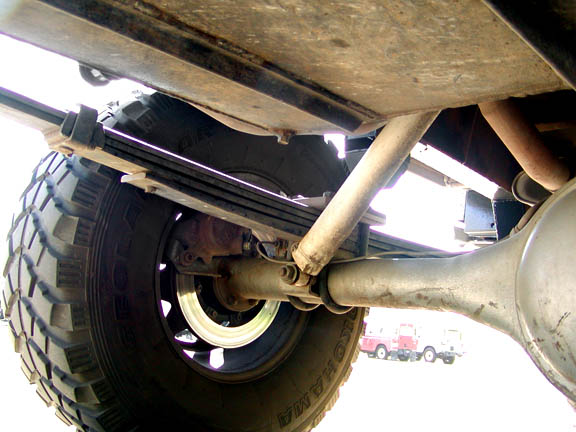Hi there,
I just recently bought new u-bolts and a single inch spacer to preform a spring over on my 1972 series III, the only question I run into is how will I bring the steering inline with the new height? Has anyone heard of a manufactured spacer or sometype of durable metal part that I could use to put everything in line? I appreciate the help, thanks a lot.
~Greg
I just recently bought new u-bolts and a single inch spacer to preform a spring over on my 1972 series III, the only question I run into is how will I bring the steering inline with the new height? Has anyone heard of a manufactured spacer or sometype of durable metal part that I could use to put everything in line? I appreciate the help, thanks a lot.
~Greg





Comment